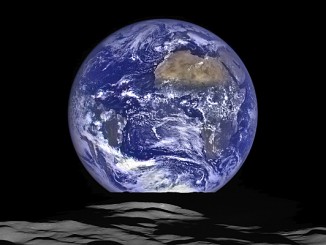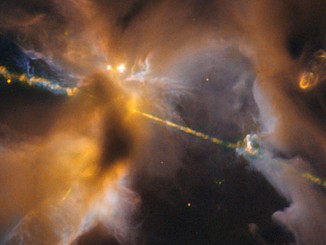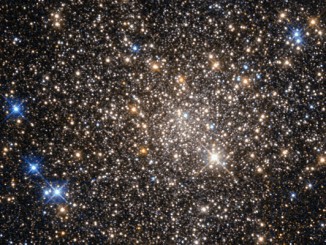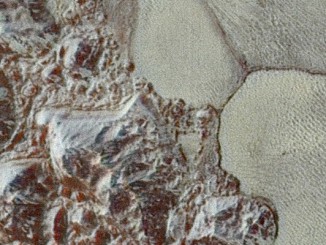
Lunar Reconnaissance Orbiter provides new high-resolution earthrise image
NASA’s Lunar Reconnaissance Orbiter (LRO) recently captured a unique view of Earth centred just off the coast of Liberia from the spacecraft’s vantage point in orbit around the Moon, about 83 miles above the crater Compton, which is located just beyond the eastern limb of the Moon, on the lunar farside.









